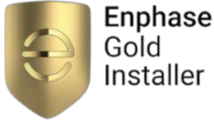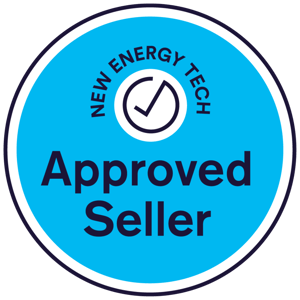Maximising Solar Efficiency: Modern Inverters Are Changing the Game
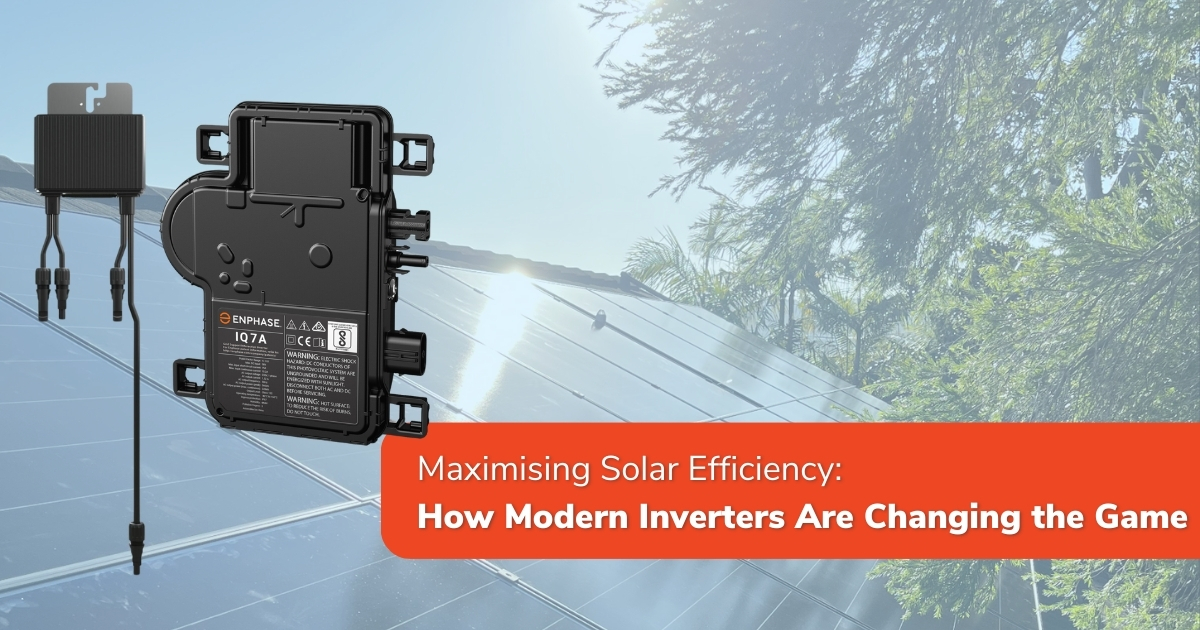
Solar energy has emerged as a game-changer in the field of renewable resources, and its viability seems to grow more promising every day. At the heart of this green revolution are the silent heroes of the solar system – inverters. In this informative piece, we'll explore how modern inverters are playing a crucial role in maximising the efficiency of solar power generation, paving the way for a future powered by the sun.
Understanding Solar Inverters
Before delving into the advancements in solar inverter technology, it’s important to understand their baseline function. A solar inverter, also known as a PV inverter, is an essential component of a solar power system. It's responsible for converting the variable direct current (DC) output of a photovoltaic (PV) solar panel into an alternating current (AC) that can be used by most household appliances.
The quality and efficiency of this conversion process are critical, as any loss means a direct reduction in the energy yield. Traditionally, inverters were designed to perform this conversion with as little loss as possible, but as we'll see, newer models have taken this concept to unprecedented levels.
Traditional Inverters vs. Modern Inverters
Historically, solar inverters were bulky and had limited capabilities. They were built for function over form, which often meant a trade-off between size and efficiency. Early inverters could suffer from significant energy losses due to the conversion process’s inherent inefficiencies.
In contrast, modern inverters harness cutting-edge technologies to achieve efficiencies nearing 99%. The shift from traditional string inverters to higher-performing module-level power electronics (MLPE) like microinverters and power optimisers has revolutionised the solar industry. These modern inverters are installed on a per-panel basis, ensuring each solar panel operates at its optimal capacity, even if one panel is shaded or underperforming.
Furthermore, modern inverters are not just more efficient in converting DC to AC. They also introduce smart features that enhance system reliability and overall performance. These features include peak power tracking, where the inverter adjusts the system's operating voltage and current to ensure that the maximum power point is always maintained, even during shading or overcast conditions.
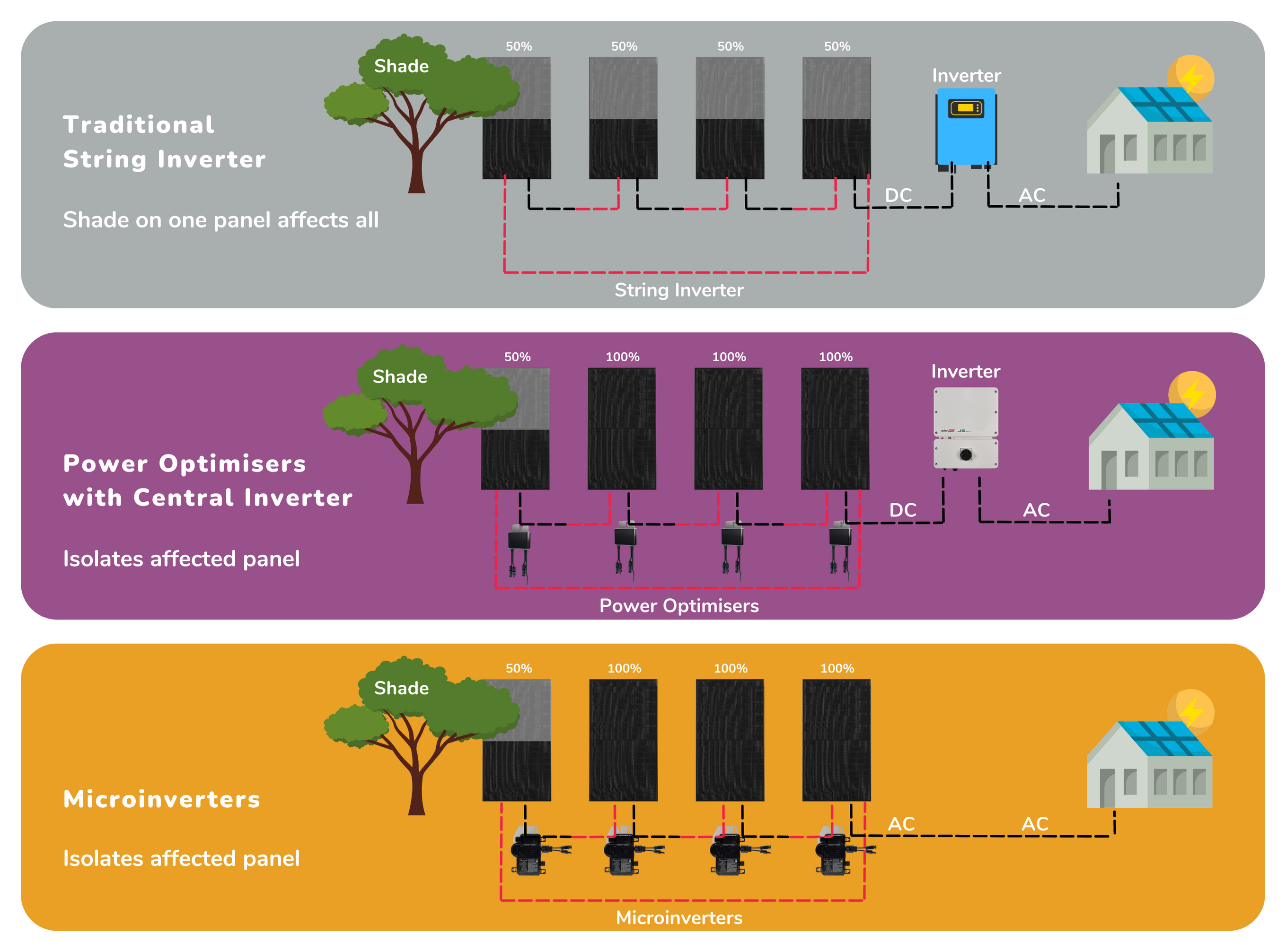
Benefits of Modern Inverters
The move to modern inverters has resulted in a myriad of advantages that were once inconceivable with traditional models. Let's dissect some of the key benefits that are making a measurable difference in solar energy systems:
Higher Conversion Efficiency
The high-efficiency rating of modern inverters means they waste less energy during the conversion process, essentially ‘squeezing’ every last electron their PV panels can produce. This not only reduces your electricity bill but also ensures you get the most out of every ray of sunlight.
Improved Performance in Low-Light Conditions
Optimally positioned and unshaded solar panels may receive direct sunlight for only a fraction of the day. During the remaining hours, they rely on diffuse light. Advanced MPPT algorithms in modern inverters allow the system to work more effectively with this type of light, maintaining a high level of power generation even when direct sunlight is scarce.
Enhanced Monitoring and Control Capabilities
Today’s inverters are equipped with sophisticated monitoring systems, allowing users to keep a precise eye on their system's performance. This real-time data empowers users to identify and address issues quickly, maximising overall system efficiency.
Case Studies
Residential Application
These distinct project showcases the tangible difference that modern inverter technology brings to solar energy systems. With 13,246 kwh clean energy per year, this family saves $2,585 annually with smart solar, inverter and battery.
In a typical residential setting, a family seeing an increase in energy production after upgrading to a system with modern inverters directly translates to substantial savings. These savings, combined with a reduction in greenhouse gas emissions, underline the environmental and economic value of modern inverters.
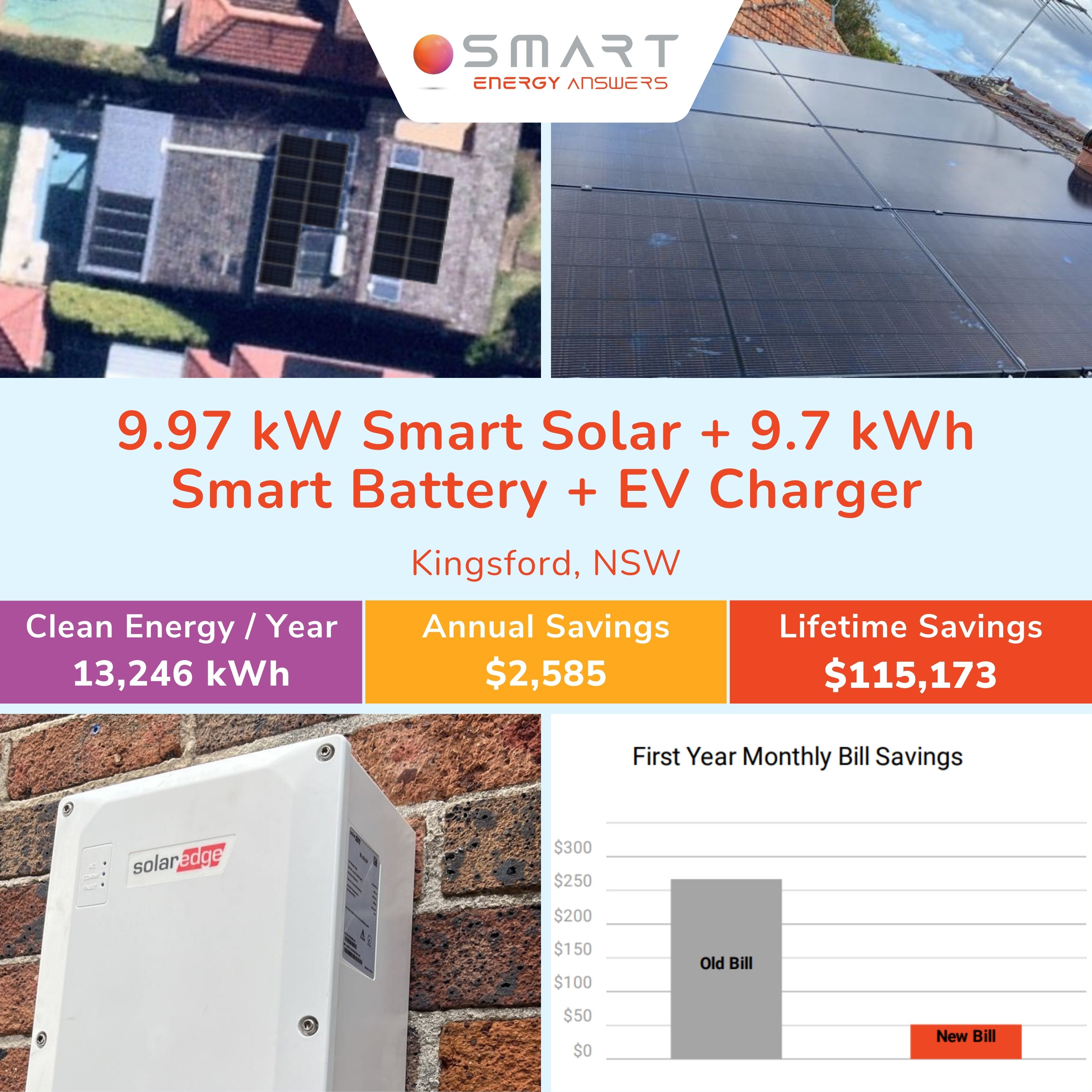
Industrial Scale
For manufacturing units, where energy consumption is significantly higher, optimising solar efficiency with modern inverters not only cuts costs but also stabilises energy prices, providing long-term financial predictability.
Tips for Maximising Solar Efficiency
In the quest for ultimate solar efficiency, every small optimization can make a big difference. Here are some practical tips to ensure you're getting the most out of your solar investment:
Proper Installation and Positioning
Ensure your solar panels are installed by accredited professionals and positioned optimally to receive the maximum amount of sunlight throughout the day. This includes accounting for seasonal changes in the sun's path.
Regular Maintenance and Cleaning
Dirt, dust, and debris can accumulate on solar panels over time, reducing their effectiveness. Regular cleaning and maintenance keep your system operating at peak capacity.
Utilising Smart Energy Management Systems
Incorporating energy storage solutions and home energy management systems can further enhance the efficiency of your solar setup. These systems allow you to store excess energy for use at night or during peak demand periods.
Conclusion
The solar industry has seen a surge in efficiency, thanks to advancements in inverter technology. With consistent sunlight as a renewable resource and increasingly efficient solar inverters, we're paving the way for a sustainable energy landscape. Modern inverters will remain at the forefront, harnessing the sun's power. For a greener tomorrow, discover the right smart energy solutions for you and your family. Talk to our energy experts today.
%20(1).png?width=265&height=96&name=www.smartenergyanswers.com.auhs-fshubfsSmart%20Energy%20Answers%20Logo%20(HIRES)%20(1).png)
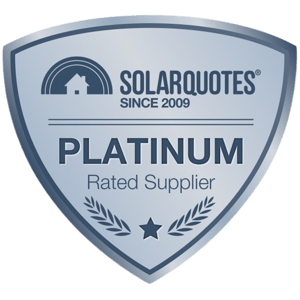
.png?width=514&height=121&name=Tesla%20Powerwall%203%20(new).png)

